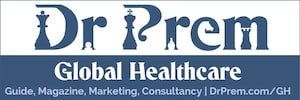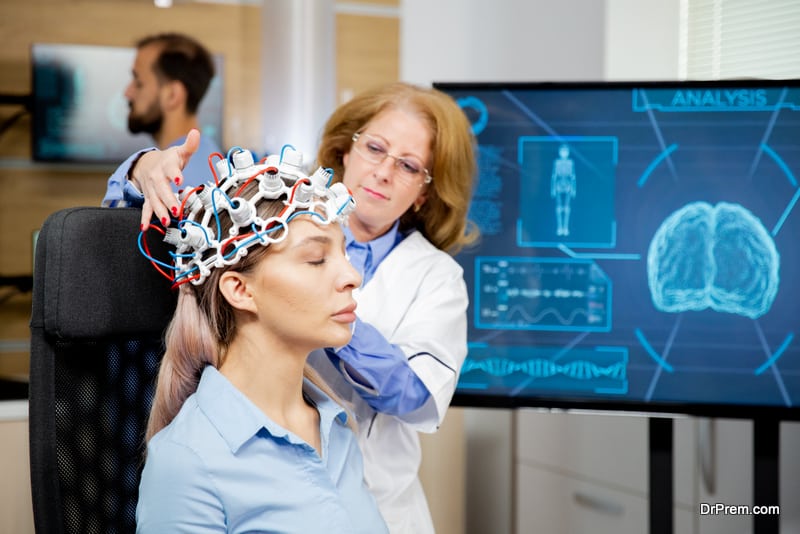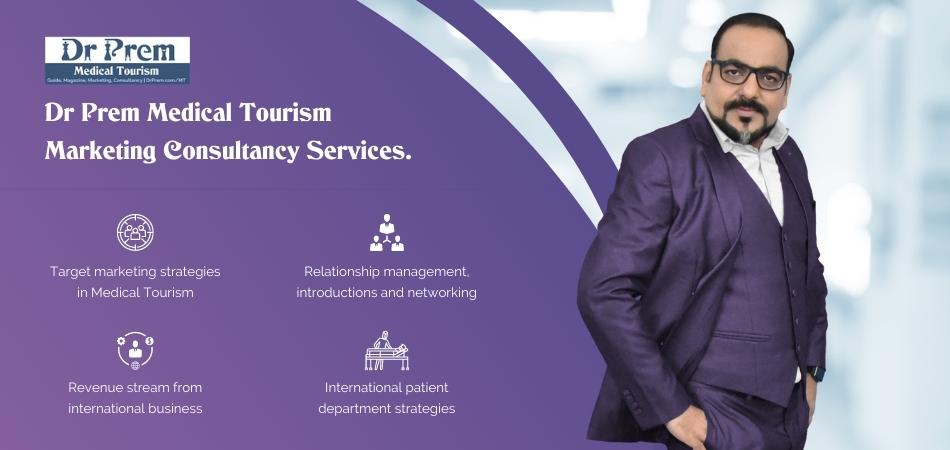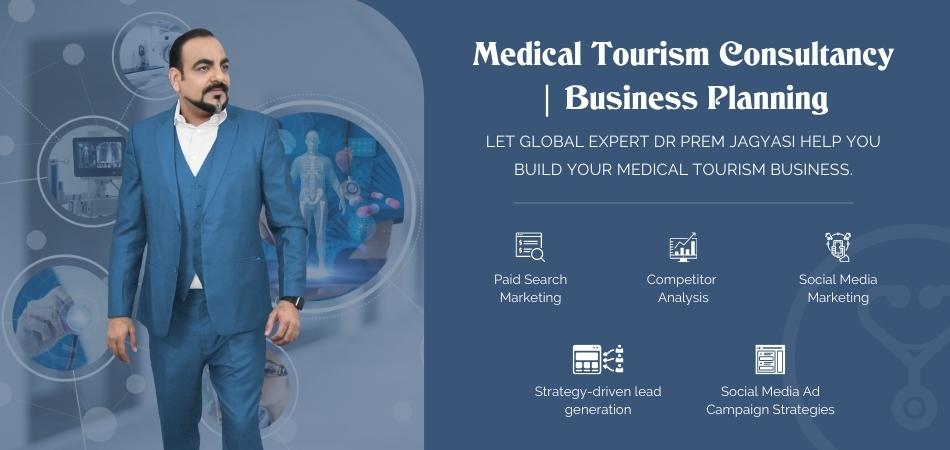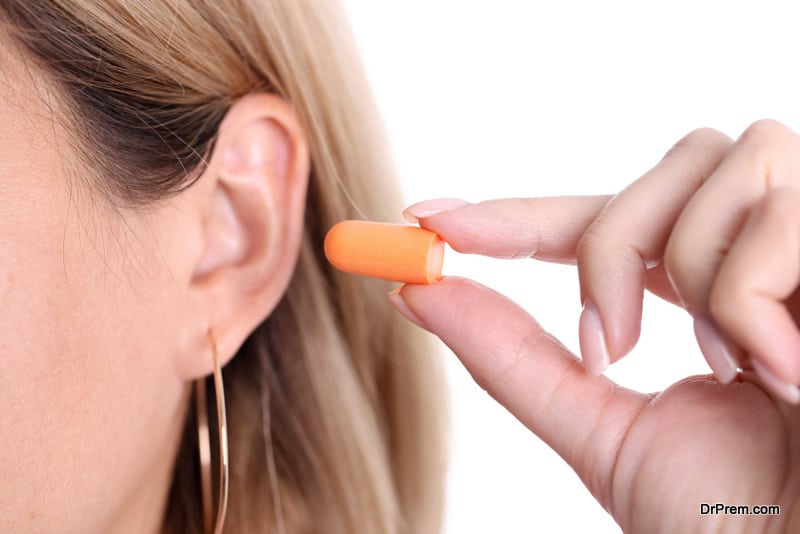Today, billions of people across the globe are suffering from mental trauma, depression, memory loss, and other psychological disorders. Primary symptoms reported in such cases are a feeling of hopelessness, loneliness, and negativity. Research in this regard has supported the fact that Transcranial Magnetic Stimulation of the brain (TMS) can provide that extra boost to sufferers struggling with it for a longer period. In this guide, learn everything you need to know about TMS therapy.
The Following Topics are Covered in this Guide:
A Guide to Transcranial Magnetic Stimulation of Brain (TMS) by Dr. Prem – Evidence, Procedure, Types, Benefits, Risks, etc
-
Introduction to TMS
-
What are Brain Stimulation Therapies?
-
What are Some Different Types of Brain Stimulation Therapies?
-
How Does TMS Work on Your Brain?
-
Who Can Benefit From TMS Therapy?
-
Case Studies and Evidence
-
How to Know If You Are a Good Candidate for TMS?
-
What are the Different Methods of TMS Therapy?
-
How Does rTMS for Depression Work?
-
What are the Advantages and Disadvantages of TMS Therapy?
-
Important Considerations Before Going For TMS
-
What to Expect in Your First TMS Therapy Session?
-
What Happens After a TMS Session?
-
What are the Risks and Side-effects of TMS Therapy?
-
How Many TMS Sessions Are Required To See the Results?
-
Is TMS Safe?
Introduction to TMS

This electricity is incorporated into the brain through the placement of an electromagnetic coil on the scalp. While various hormonal therapies are commonly available today for certain mental ailments, magnetic brain stimulation has fetched most endorsements due to its reduced side effects and increased therapeutic benefits.
What are Brain Stimulation Therapies?
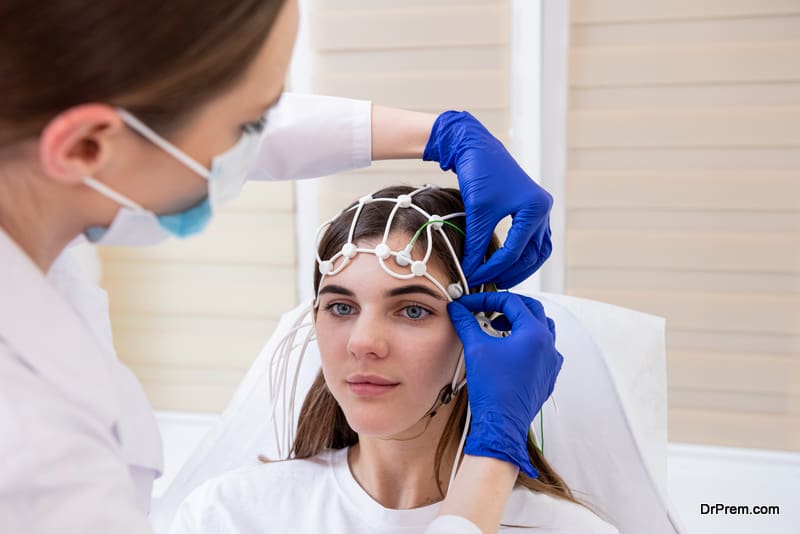
In TMS brain stimulation therapy, this electricity is induced non-invasively by applying magnetic fields to the head. Different types of brain stimulation therapies use different methods for stimulating brain activities. FDA (Food and Drug Administration) has approved some of these therapies to treat specific mental disorders.
What are Some Different Types of Brain Stimulation Therapies?
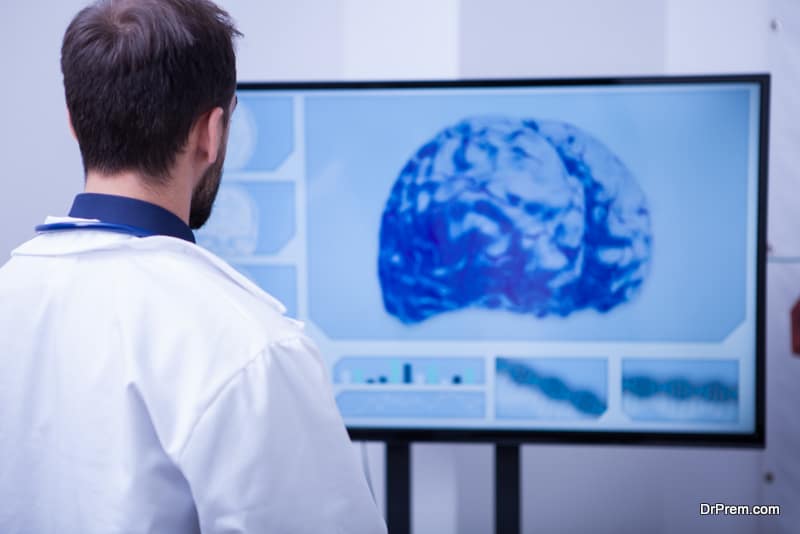
Among others, Electroconvulsive therapy is a commonly administered therapy. Some of the other types of stimulation techniques that have gained recent attention are:
-
Electroconvulsive Therapy (ET)
This technique utilizes electric current to tackle serious mental issues, such as memory loss, depression, etc. Besides, the kind of magnetic brain stimulation for memory loss and anxiety can be incorporated into a treatment module in life-threatening conditions, especially when a patient fails to respond to the outside world.
The technique primarily works on the principle of electrical brain stimulation, wherein the electrodes are placed at precise locations on the head. The current is passed through the brain, causing an immediate seizure that may last for less than a minute. Since the patient has been offered anesthesia and muscle relaxant, the procedure is not painful for him/her.
After around an hour, he/she recovers and may start his/her day-to-day activity immediately. The procedure is advisable over medications since it speeds up the treatment outcome and has been reported to have a quick and effective response from patients.
So far, reported side effects of electroconvulsive therapy are headaches, stomach aches, muscle loss, etc.
-
Vagus Nerve Stimulation

The technique is based on the principle of vagus nerve stimulation through a pulse generator using an electrical lead wire. In general, an electrical pulse is generated for about 30 seconds at an interval of 5 minutes. The duration, as well as the frequency of the pulse, is variable, depending on the patient’s physical as well as mental condition.
The potentially reported side effects of the technique may include a change in the voice or hoarseness, sore throat or a cough, neck pain, and tingling sensation or discomfort in the area of device implantation.
-
Repetitive Transcranial Magnetic Stimulation
It is a part of TMS therapy, known as rTMS or Repetitive Transcranial Magnetic Stimulation of the brain, which works based on the magnetic activation of brain cells. The technique is developed in 1985 and is reported to be very helpful in treating mental health issues like depression, psychosis, anxiety, and trauma.
Unlike other brain stimulation techniques, this one is said to be advantageous, since it can be targeted to a specific region in the brain, depending upon the issue – further reducing the chances of more brain damage and other side effects. It is preferred over others, due to its short coverage, keeping functional attributes of other parts of the brain intact.
The process of rTMS involves the placement of an electromagnetic coil specifically near the area of the brain that is responsible for emotion and mood regulation. Once the coil is in the right place, repetitive pulses are sent through the coil that stimulates neurons in your brain and enhances their activity in that targeted region for functional benefits.
NOTE: It is extremely important to note, whichever therapy is applied to an individual, must be prescribed and performed by a specifically qualified, licensed, and experienced or trained Transcranial Magnetic Stimulation(TMS)practitioner only.
How Does TMS Work on Your Brain?
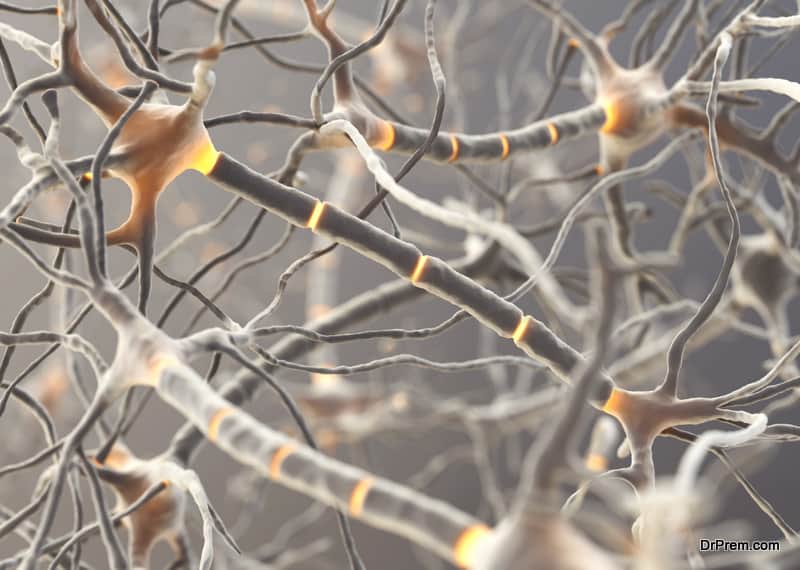
A magnet influences its surrounding space to be magnetically active, this influenced space is known as a magnetic field. Even though this magnetic field is not visible, its effects can be clearly noticed at its center. When this magnet comes closer to anything that conducts electricity, the interaction between these two items generates electricity.
And why is this important? It is because our brain is an electrically active organ. The brain cells and nerves (also known as neurons) use tiny amounts of electricity to communicate and transmit data throughout the body, which is necessary to carry out various important functions.
Bringing a magnet near your head can influence these electrical activities in your brain. However, a much stronger magnet is required for this process. That is why Magnetic stimulation works on your brain with the use of a strong magnet, which is more powerful than an average magnet inyour refrigerator or at home.
It is essential to control this process as needed to treat mental issues. To make this possible, TMS uses electricity to control the magnet switch on and off. This working mechanism of TMS effectively influences electrical activity in specific parts of the brain especially those associated with emotions, pleasure, decision-making, etc.
Who Can Benefit From TMS Therapy?
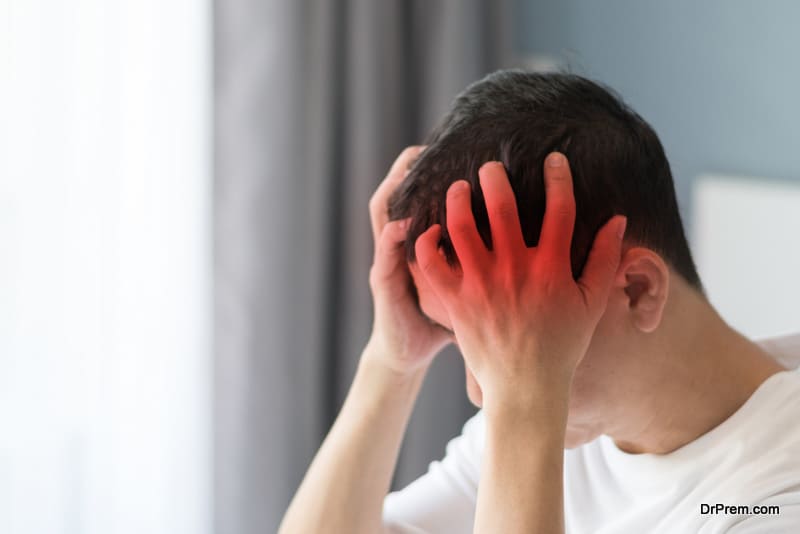
The following are the FDA-approved conditions for TMS therapy:
- Major Depressive Disorder (MDD)
- Treatment-resistant Depression
- Obsessive Compulsive Disorder (OCD)
- Generalized Anxiety Disorder (GAD)
- Smoking Cessation
- Migraines
In addition to these approved conditions, other conditions that can also be treated with TMS include:
- Addictions
- Parkinson’s Disease
- Alzheimer’s Disorder
- Post-Traumatic Stress Disorder (PTSD)
- Eating Disorder
- Chronic Pains
- Bipolar Disorder
- Borderline Personality Disorder (BPD)
- Fibromyalgia
- Schizophrenia
- Essential Tremor
- Tinnitus and Auditory Hallucinations
- Stroke Complications
- Traumatic Brain Injury
NOTE- It is important to note that, TMS benefits for treating these conditions are still under research and require more evidence to prove its effectiveness.
Case Studies and Evidence
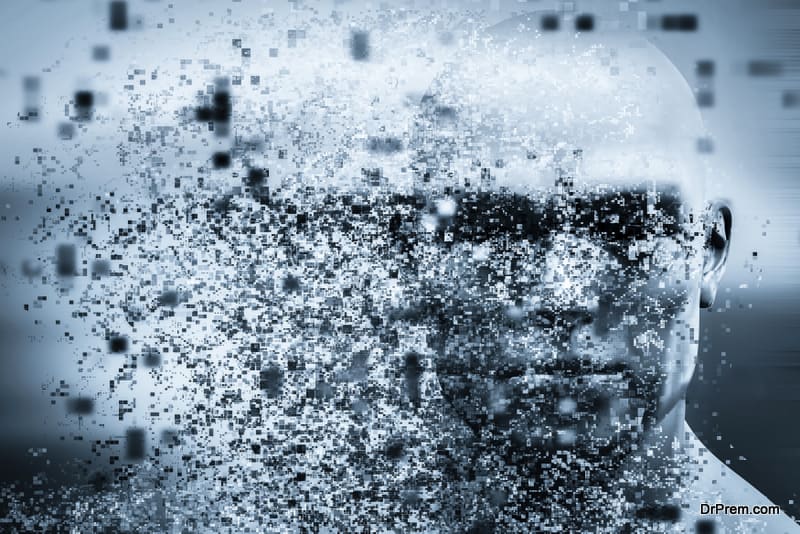
This has led to people look for a more and more effective solution to control, treat, or cure these conditions. TMS has shown some considerable benefits in treating various conditions related to mental health.
Following are the reports of some case studies that demonstratethe benefits of TMS:
- A study with the aim of exploring the effects of TMS in a 4-week course was conducted that involved 104 participants with Major Depressive Episodes (MDE). The HAMD-6 scale (six-item Hamilton Depression Rating Scale) was administrated before and after the study. The results showed a significant difference in the whole sample withTMS’s ability toreduce MDE symptoms including mood, health concerns, anxiety, and guilt.
- Another study was performed to determine the TMS effectiveness for OCD patients. It has been found that those with OCD appear to have increased activity between the prefrontal cortex and striatum, which is linked with symptoms of severe OCD. The results found that TMS can effectively inhibit these activities leading to a reduction in OCD symptoms. TMS has also been approved by the FDA for OCD treatment in 2018.
- According to some research reviews, TMS can promote motor recovery after a stroke. By using magnetic impulses, it is possible to alter the activity of the motor cortex, which is in charge of voluntary movements. According to the 2017 review, TMS can also help to improve dysphagia or swallowing difficulties by stimulating the motor cortex. However, besides the FDA-approved conditions for TMS, more research is required to understand its effectiveness in treating other conditions.
How to Know If You are a Good Candidate for TMS?

- If you have metal inside your head such as electrodes, deep brain stimulators, aneurysm clips or coils, cardiac pacemakers or ICD, neck or brain stents, shrapnel or bullet pieces, metal plates, facial tattoos with metallic ink, cochlear implants, and permanent piercings. These implants can heat up or move due to the magnetic fields in TMS therapy, which can cause severe injuries.
- If you have a history of seizures or epilepsy.
- Those who are taking stimulants.
- Those with focal cerebral lesions.
- If you have any medical conditions that cause a higher risk of seizures.
- Women who are pregnant
Besides the mentioned conditions, those who are unsure of the health issues must consult a doctor before proceeding with TMS. Certain necessary tests may also be performed to ensure the safety and suitability of the treatment for an individual.
It is also important thatthe FDA-approved age for TMS is 18 to 70 years. Some clinical studies show that TMS can be safe and effective for children above 9 years. However, the use of TMS in adolescents and children is still under research and not approved.
What are the Different Methods of TMS Therapy?
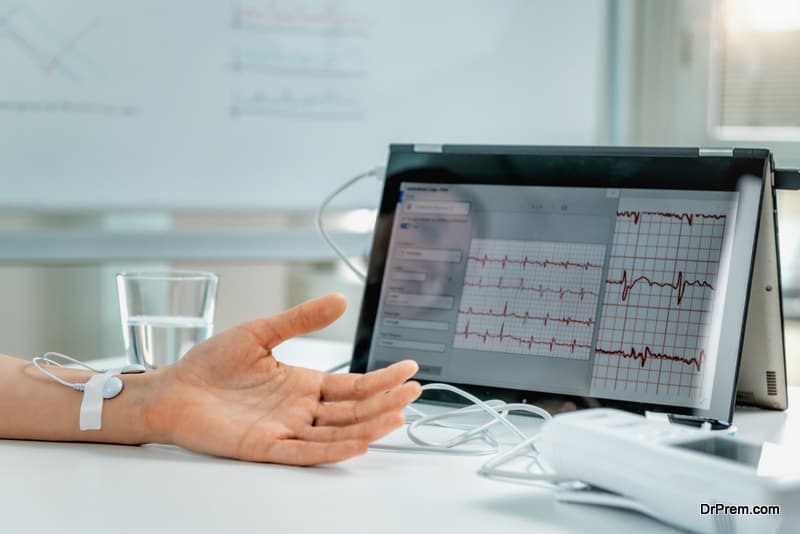
These methods are:
-
Single-Pulse TMS –
Single-Pulse TMS is commonly used for the research purpose that simply stimulates one area and simultaneously records the output. An area such as the motor cortex is stimulated and the responses are recorded from the muscles through electromyography.
-
Paired-Pulse TMS –
The Paired-Pulse TMS is the method used to understand the excitability of the motor cortex in humans. It is also commonly used for research that can help inmeasuring the effects and understanding how one part of the brain influences the other.
For example, when one pulse is sent to the motor cortex of one hemisphere of the brain 10 milliseconds before the second pulse is sent to the motor cortex of the opposite side, it results in a decrease in motor output to arms. This demonstrates the capacity for unimanual control of the upper limbs.
-
Repetitive TMS (rTMS) –
Repetitive TMS or rTMS is an approved method for treating depression including Major Depressive Disorder (MDD) and mild treatment-resistant depression backed up bymany research reviews and evidence.
It involves sending a series of TMS pulses together in rapid succession. This method is used for both research and clinical treatments as it creates changes in the cortical activity that lasts for a long duration of time.
How Does rTMS for Depression Work?
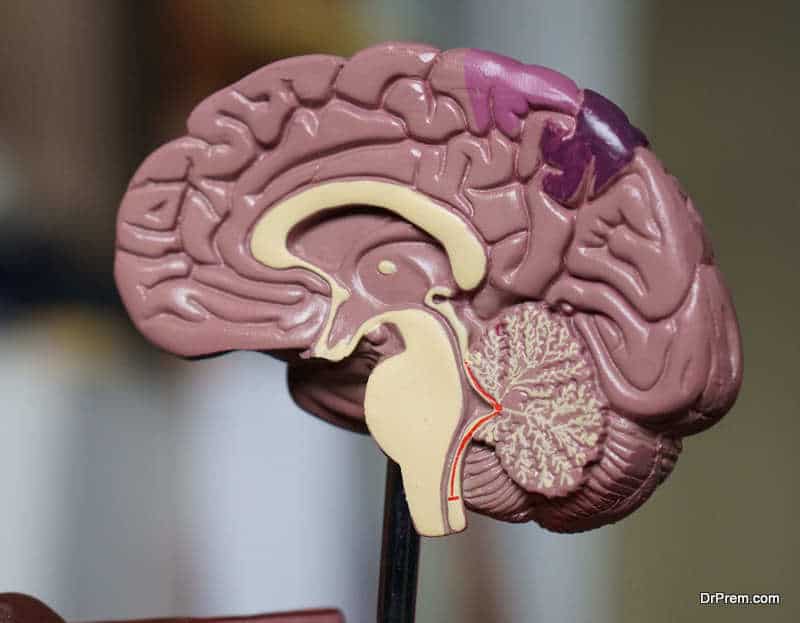
Evidently, TMS benefits these patients by providing stimulation to nerve cells causing increased activity in the prefrontal cortex of the brain leading to reduced symptoms of depression. rTMS is a TMS method that is used for treating depression when medications or any other treatments have proven to be intolerable or ineffective.
rTMS uses a large number of consecutive pulses in quick succession to produce this effect. The rate of pulses delivery determines the effect of the treatment. This means when the pulses are delivered at the rate of >5Hz (high-frequency rTMS), it results in excitatory effects; whereas, when the pulses are delivered at the rate of < 1Hz (low-frequency rTMS), it results in inhibitory effects in the brain.
rTMS is an FDA approved treatment option for treating depression including those suffering from depression with comorbid anxiety or suicidality. Several rTMS devices have also been approved for treating other mental issues. Later in the year 2018, rTMS has also been approved for severe OCD.
What are the Advantages and Disadvantages of TMS Therapy?
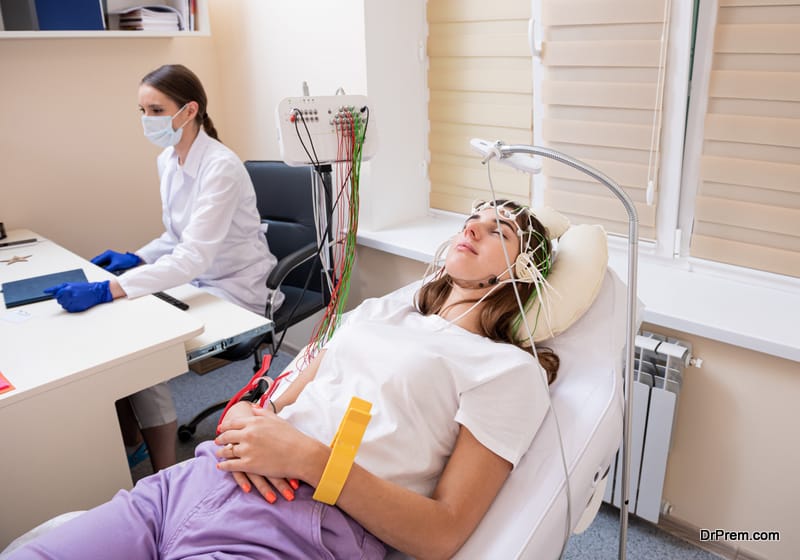
Advantages of TMS
- Non-invasive treatment
- Higher Efficacy
- Long-lasting effects
- Few and temporary side effects
- Reduced need for medicines
Disadvantages of TMS
- Multiple visits
- Multiple sessions
- Mild discomfort
- May or may not be covered by insurance
Important Considerations Before Going For TMS
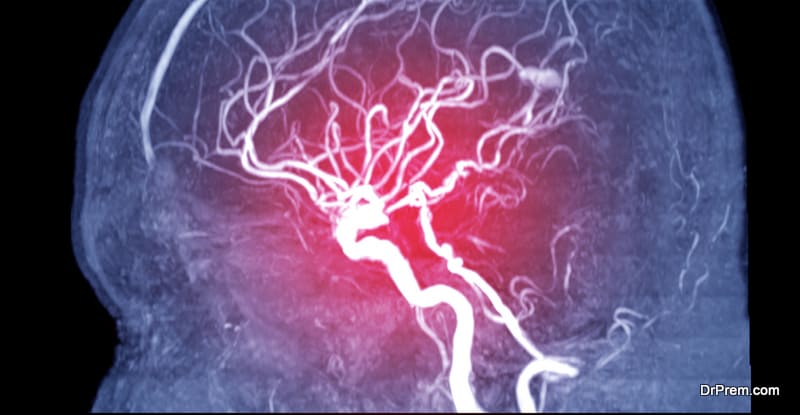
- Women who are pregnant or planning a pregnancy
- Patients with implanted devices or metal in the body
- Patients with mental disorders such as bipolar disorder, substance abuse, or psychosis
- Those with brain damage conditions caused by injury or illness such as brain tumor, traumatic brain injury, or a stroke
- If an individual is taking any medication, including over-the-counter and prescription medicines, vitamins, herbal or any other supplements along with their dosages
- Patients with ahistory of seizuresor a family history of epilepsy
- An individual with severe or frequent headaches or any other medical conditionsmust also check with their doctors if they are a good candidate for TMS.
- Those who have undergone rTMS should inform their doctor whether or not it was helpful for them
What to Expect in Your First TMS Therapy Session?
- The TMS session usually lasts anywhere between 30 to 60 minutes depending on your planned treatment. It’s recommended to keep at least anhour aside from your day for the scheduled treatment.
- One thing that you must remember before going in for the treatment is to remove all your metallic jewellery items and glasses with metal frames. It is best to remove all your wearables, in case any of them contains metal.
- You will be asked to sit comfortably on a chair or lie back in a relaxed position. Your provider will then give you earplugs or any other type of hearing protection to prevent causing any damage to your hearing from the loud sound of the magnet throughout your TMS course.
- Further, a special electromagnetic coil is placed on your head. The coil’s placement will depend on the condition that needs to be treated. For example, to reduce symptoms of depression, a coil can be placed on the brain area that regulates your emotions and moods.
- Before starting the treatment, initially, only a single pulse is delivered on the scalp to determine the right location and suitable setting. Once the magnet, placement of the coil, and all other aspects are determined, the treatment will start.
- This coil placed near your head generates magnetic pulses that produce electric currents in the nerve cells inside the targeted site of the brain. As the strength of these pulses increases, you may experience movements or twitches in your hands, which is normal. This helps your provider to know when the strength of the delivered pulse is high enough.
- These electric currents provide stimulation to the brain cells in a complex manner that results in reducing depression or helps stimulate the desired effects of TMS depending on the goal of the treatment.
- After finding the right location and suitable setting for an individual, your provider will begin delivering pulses in specific patterns and timings. There can be pauses in between a series of pulses to prevent overheating of the magnet and give it time to cool down as needed.
- The sensations experienced during this process are not painful, rather a person may only feel some knockingor tapping on the head. Clicking sounds can also be heard when the magnet turns on and off during the process.
- The strength of pulses and patterns used for every individual patient can vary depending on the type of TMS they are receiving. The duration of the treatment will also vary depending on the same, which can take anywhere between a few minutes to an hour.
What Happens After a TMS Session?

What are the Risks and Side-effects of TMS Therapy?

- Mild Headaches (common)
- Lightheadedness or Dizziness
- Facial twitching
- Tingling sensations
- Scalp or neck pain
- Altered cognition (during treatment)
- The only risk of TMS is a seizure, though the probability of this happening is incredibly low, estimated to be only 0.1%.
NOTE – It is advised to always clear your doubts and questions related to the side effects, risks, complications, and precautions with your doctor before undergoing the TMS treatment. This enables you to be both mentally and physically ready leaving no space for any sudden surprises.
How Many TMS Sessions Are Required To See the Results?

TMS course for treating depression, as approved by the FDA, involves a total of 30 treatments that takes place each weekday for 6 weeks. However, your doctor is the best person to provide an accurate treatment plan as every treatment course has some variability.
Is TMS Safe?
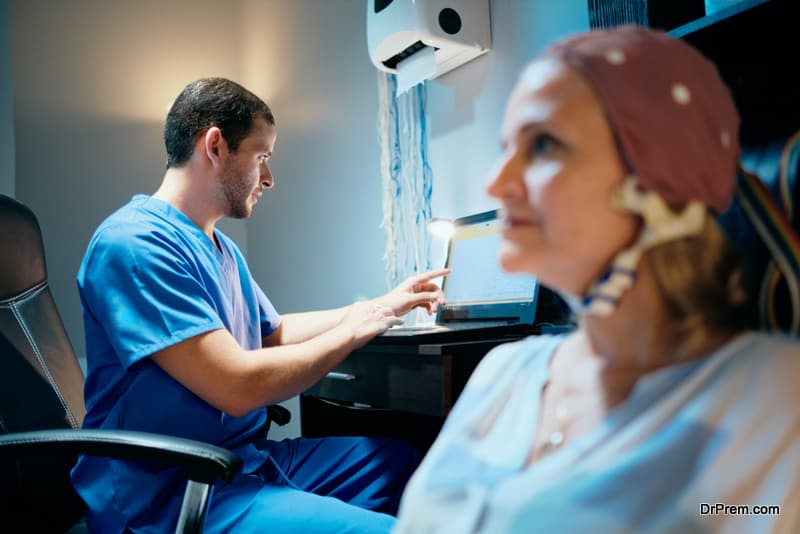
Summary
TMS is a type of magnetic brain stimulation treatment that involves influencing electrical activity in the brain using a magnetic field. It has been approved and proven beneficial in treating mental disorders including depression, OCD, and migraines. This has made it a potentially life-saving treatment, especially for those with severe or treatment-resistant depression. TMS is still under research to understand its effectiveness in treating other mental disorders.
